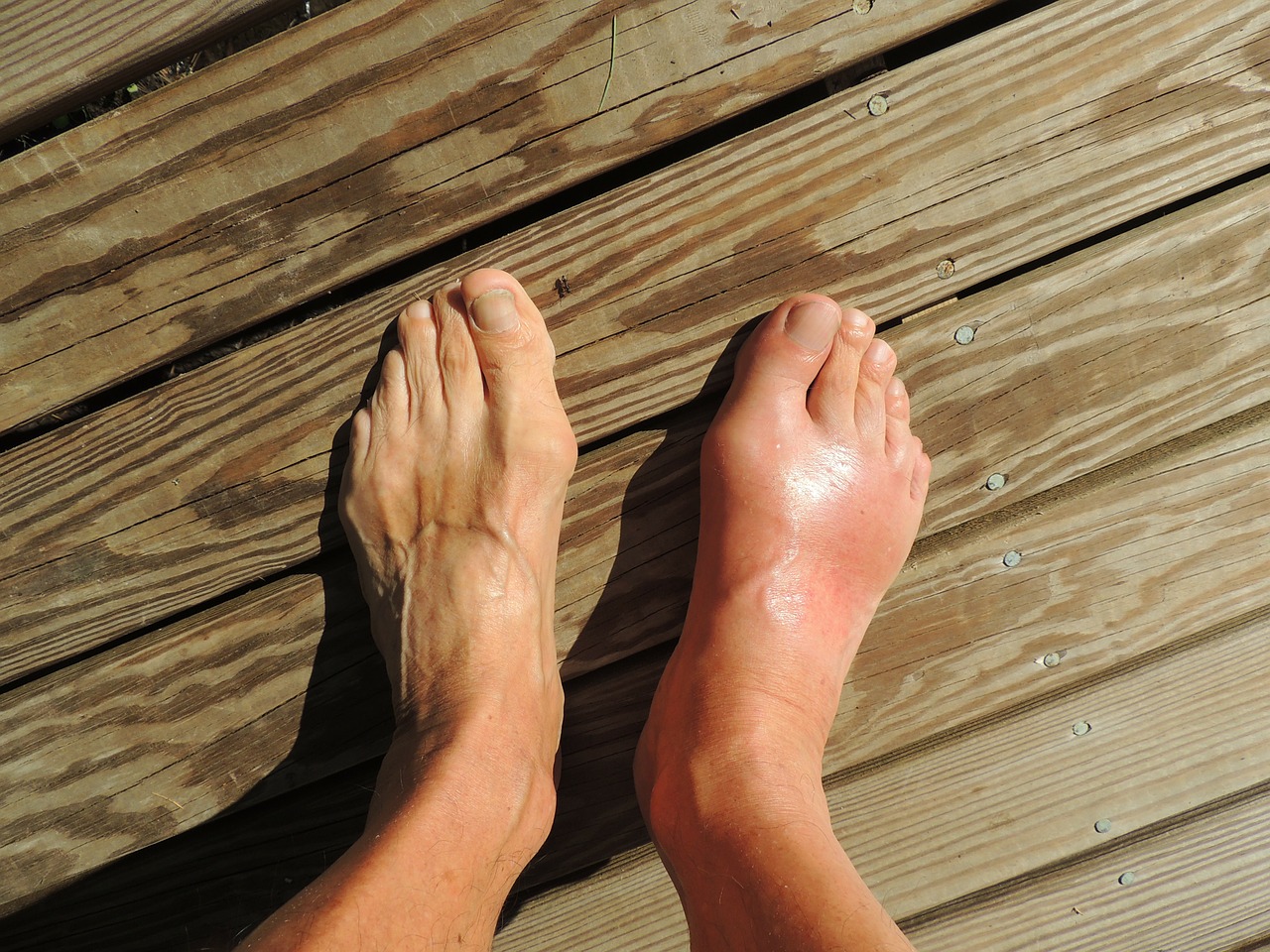Dr. Chad L. Bender Q & A
When you’re not working, how do you like to spend your time? I enjoy spending time with my family and friends. Hobby-wise, I like to cook, exercise, and read. What are you currently (or most recently) reading? I’m listening to a biography of US Grant, and reading “How to Raise and Adult”. What’s the first concert you attended? I saw Garth Brooks at a small venue in high school. It was just as he was becoming popular. What’s your favorite book? The Lord of the Rings trilogy. What’s the best Halloween costume you’ve ever had? My dad and I made a robot costume out of boxes and dryer vent tubing when I was in kindergarten. What was your first job? I grew up on a farm, so daily chores could be considered my first job, I guess. Otherwise, I worked as a bank teller during the summers in high school. What was your favorite subject in school? Science/Biology If you could win an Olympic medal for any sport, real or fake, what would it be? I would like to be crazy and daring enough to medal in the snowboarding half pipe. Since I’m not, I’ll settle for either the biathlon or 400m. [...]





